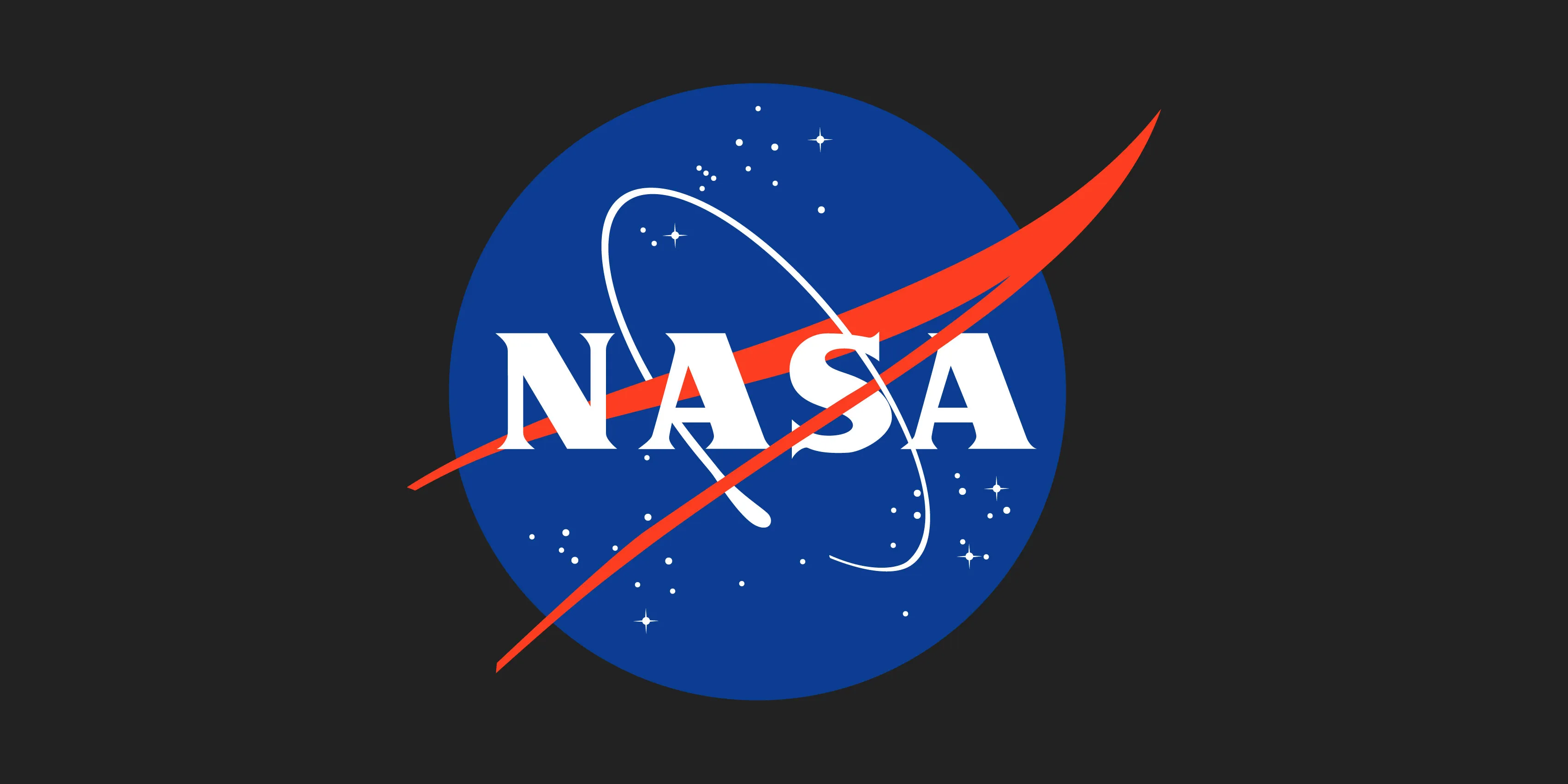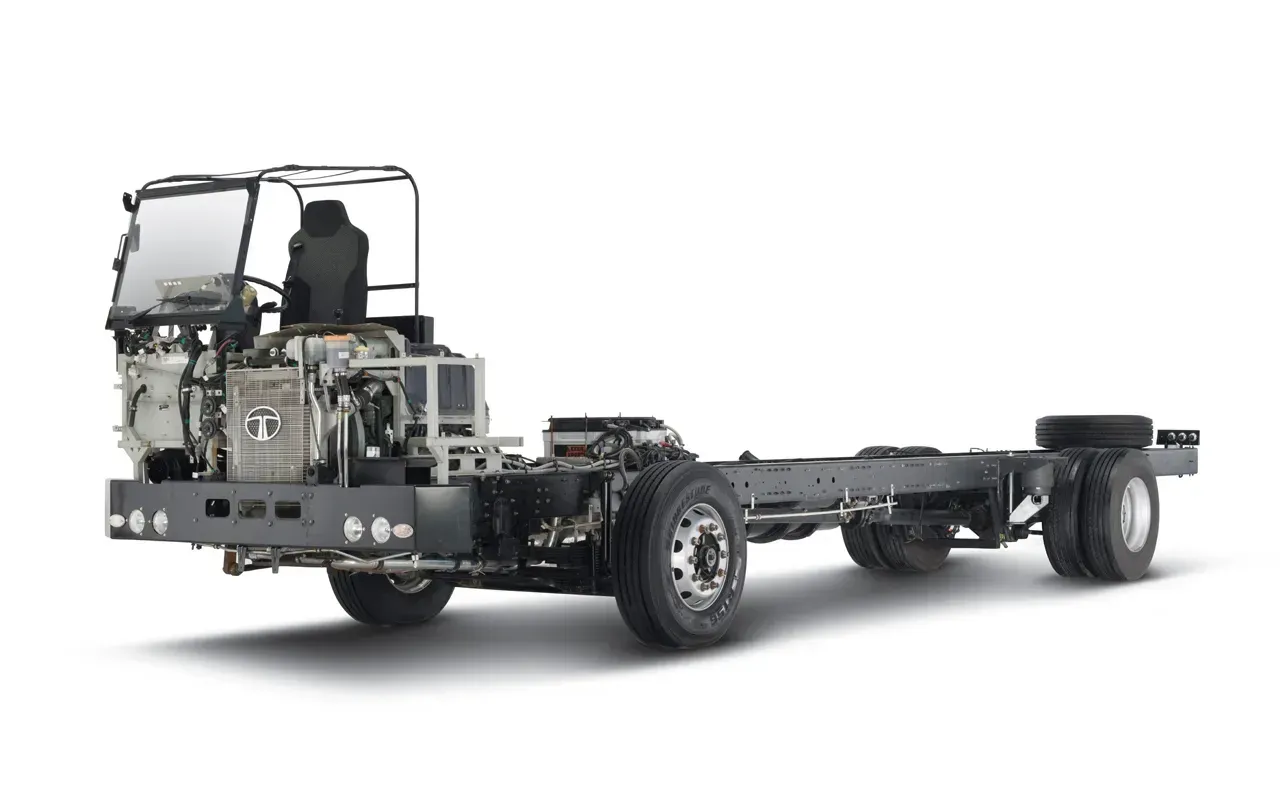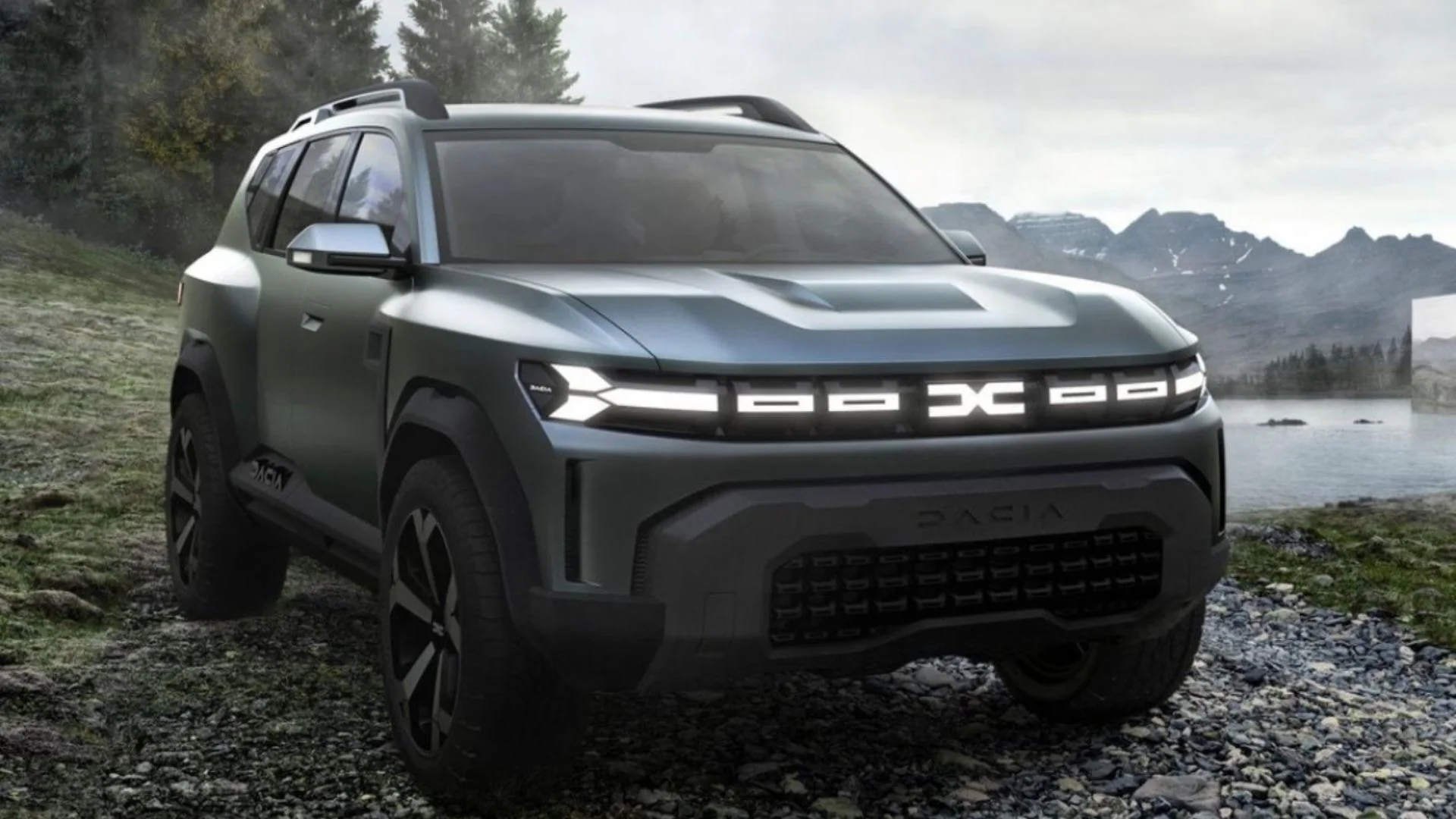WASHINGTON - Researchers at NASA's Langley Research Center in Virginia have successfully flown several drones to test the autonomous flight capabilities of air taxis.
The drones successfully flew around obstacles and each other during takeoff along a planned path and landed on their own without a pilot controlling the flight.
This exercise is a significant step toward the development of air taxis' ability to fly autonomously.
"Out-of-sight flying vehicles demonstrate years of research into automation and safety systems, the completion of which requires specific approval from the FAA and NASA. In this situation, neither the vehicle nor the airspace is monitored by direct human observation." NASA's Langley Aeronautical Systems Engineering Branch Chief Lou Glaab stated in a statement.
Testing autonomous flight technologies meant for larger air taxis that carry people in smaller drones is safer and more economical since it allows NASA to observe how the drones avoid obstacles and one another.

NASA is also employing helicopters to test automation technology. Long before self-driving air taxis hit the skies, NASA is using these backup aircraft to help the agency become autonomous.
Based on earlier trials, the group has effectively flown the ALTA 8 unmanned aerial vehicles, or drones, on several occasions without the need for a visual observer. In what are referred to as "NOVO" missions, the crew has flown the drones over visual range.
Software loaded into small drones performs: airspace communications, flight path management, and evading other vehicles, but more skills are needed to operate in crowded airspace.
This is crucial for Advanced Air Mobility (AAM), which envisions drones and air taxis operating simultaneously on a regular basis.
NASA will make new technologies developed for this project publicly available so that car makers in the industry can use the software while designing their vehicles.
“NASA’s ability to transfer these technologies will greatly benefit the industry,” said Jake Schaefer, the project’s flight operations manager.
"We can test technologies and procedures in a controlled but relevant environment for future AAM vehicles by conducting flight tests within national airspace, near airports, and in an urban environment," Schaefer stated.
One such technology was ICAROURS, which stands for NASA's Integrated Configurable Architecture for Reliable Operations of Unmanned Systems.
This software provides an independent detection and avoidance function and is part of the overall system for staying “well clear” of other air traffic.
NASA's Safe2Ditch system, allows the rover to monitor the Earth and make an autonomous decision on the safest place to land in the event of an emergency during flight.
AAM is a NASA mission that includes several programs that support several fields of study. This project, called High Density Vertiplex, is specifically focused on testing and evaluating where these future high-frequency vehicles, called vertical ports, will take off and land in multiple vertical ports close together, and the technological advances needed to do so.
Also read : Jeep India launches new ChatGPT-based AI tool for real time customer support










_1766570474.webp)